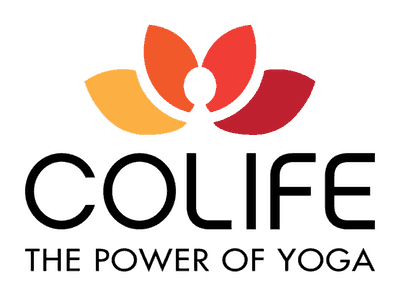What is Panchakarma?
Panchakarma is a detoxification cure promoted by Ayurveda. Whether for curative or preventive purposes, it is recommended to use it at least once a year. It’s a kind of spring cleaning for the body (and mind).
Preceded by a preparation, this treatment aims to detoxify the body in depth. It lasts from 3 to 7 days. Part of Panchakarma is a diet based on the doshic profile (mood) of the person. The other part includes sophisticated Ayurvedic massages. These daily sessions can last up to 2 hours.
Although there may be some quite difficult phases, related to the normal elimination of toxins, panchakarma is overall a very pleasant and highly revitalizing experience!
Why do a Panchakarma cure?
Whether or not we do our part for our health, we live in a world where we are constantly exposed to a multitude of toxins: viruses, bacteria, chemicals, harmful “food” ingredients, radioactivity, etc. Faced with the unprecedented onslaught of a multitude of chemical agents that appeared with the industrial revolution, our bodies are finding it increasingly difficult to digest everything that enters them.
To all these industrial toxins are added drugs, which moreover, by combining, create problems of which we have no idea. In a natural environment, our body is made to eliminate toxins. But today it faces an overload, resulting in an exponential increase in allergies, rheumatism, cardiovascular and gastrointestinal diseases, etc.
Like hygienists and naturopaths, Ayurvedic practitioners therefore believe that detoxification cures can play a decisive role in the prevention or treatment of food. This is where panchakarma comes into play.
Preparation or Purvakarma
The Panchakarma is preceded by a 4-day preparation, to facilitate the elimination of toxins. Among other things, it is a question of consuming certain specific foods, Ayurvedic plants and ghee (clarified butter). In addition, two important treatments are applied: Snehana and Swedana.
. Snehana Abhyanga
It is an oil massage that can be surprising at first. Two or sometimes even four masseurs flood you with oil and simultaneously rub your arms, legs or feet. Then they cover you with a sheet and let you “rest”.
Swedana or sweating
This is about making you sweat as much as possible to release as many toxins as possible. The Swedana is performed every day, immediately after the Snehana session. This method is similar to the sauna, with the difference that we add Ayurvedic plantsin the water. Snehana is often practiced using a “chest” in which the whole body is enclosed (except the head). It is filled with medicinal herbs and then heated up. A kind of personal sauna.

The 5 techniques of Panchakarma
After a few days, panchakarma techniques are applied.
Vaman
Purification by vomiting, generated by drinking salt water and pressing to the back of the throat. This may seem strange in the West, yet it is a very well known method in yoga. Serves to eliminate excess Kapha (dosha).
Virechan
Use of natural laxatives like prunes, henna, psyllium seeds, bran etc. Removes excess pitta.
Basti
Intestinal enema using medicinal oils or decoctions of plants introduced through the anus. Eliminates excess Vata.
Nasya
Purification through the nostrils, by introducing herbal oils or liquids. Relieves many ENT problems.
Raktamoksha
Blood purification using bloodletting. Gentle methods exist, such as herbal preparations, bitter herbal teas (burdock) which clarify the blood.
Embark on the Panchakarma detox cure
We will ideally do the panchakarma at the beginning of each season. If you only do it once a year, then spring is the perfect time, or even fall. Many centers exist all over the world but a stay in India will be more authentic and above all, more economical! A home cure is of course also possible (but you will need someone for the massages).
